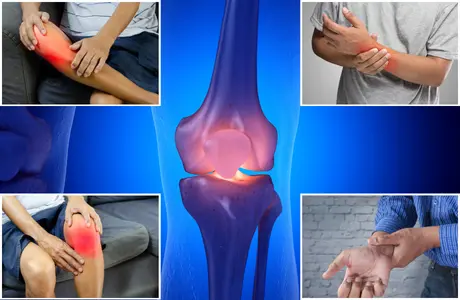Joint Pain
Zplux Technologies2024-12-26T21:56:25+00:00Turmeric’s
Role in Alleviating Joint Pain

About Turmeric
Joint pain, affecting up to 23% of adults in America, often results from inflammation due to conditions like arthritis. While over-the-counter pain relief options exist, their long-term use can lead to side effects and potential liver or kidney damage. Natural remedies, such as turmeric, offer a safer alternative.
Founded by passionate pet lovers
High-quality products and services that reflect that love and care.
Understanding Pain Types
Pain can be categorized into two primary types: chronic and acute. Chronic pain refers to persistent discomfort that occurs daily and is often resistant to cures, requiring ongoing management to alleviate symptoms. On the other hand, acute pain is a sudden, sharp sensation that typically subsides after a short period; however, if left untreated, it has the potential to progress into chronic pain over time.
Chronic Pain
Acute Pain
Turmeric’s Therapeutic Properties
Turmeric, a bright yellow spice used for centuries in traditional medicine, contains curcumin, its active compound known for potent anti-inflammatory effects. Curcumin helps reduce swelling and tension in joints, providing relief from arthritis symptoms. Studies have shown that curcumin can be as effective as non-steroidal anti-inflammatory drugs (NSAIDs) in alleviating joint pain, without the associated side effects.

Incorporating Turmeric into Your Routine
Culinary Use: Add turmeric to dishes like curries, soups, and smoothies.
Supplementation: Consider curcumin supplements for a concentrated dose; consult a healthcare provider before starting any new supplement regimen.
Enhancing Curcumin Absorption
Curcumin has low natural bioavailability, meaning it’s not easily absorbed by the body. To enhance absorption:
Combine with Black Pepper: Piperine, a compound in black pepper, can increase curcumin absorption by up to 2,000%.
Consume with Healthy Fats: Curcumin is fat-soluble, so taking it with fats like olive oil or coconut oil can improve absorption.
